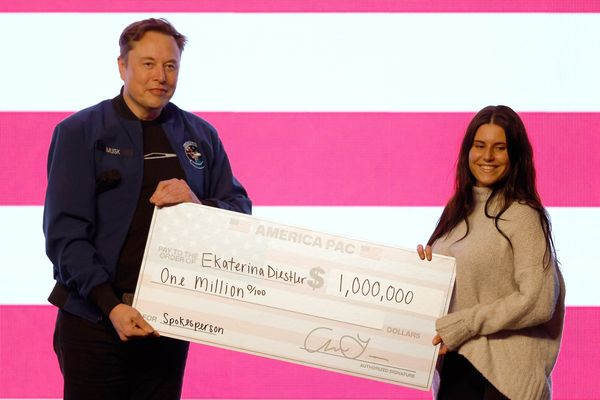/iStock-1313535992.jpg)
There’s significant momentum in the U.S. to electrify commercial vehicles such as delivery vans, school buses, and ambulances. As of 2022, there were 30.1 million commercial vehicles on the road in the U.S. and electrifying them has created a business opportunity for electric vehicle manufacturers.
Fleet electrification contracts give automakers built-in demand over a multi-year period. Fleet electrification refers to the process of transitioning a group or fleet of vehicles from using traditional internal combustion engines (ICE) to electric power. It involves replacing vehicles that run on fossil fuels with electric vehicles (EVs) that are powered by electricity.

The main objective of fleet electrification is to reduce the environmental impact of transportation by minimizing greenhouse gas emissions and dependence on fossil fuels. Electric vehicles produce zero tailpipe emissions, which helps to mitigate air pollution and combat climate change. They can be powered by various sources of electricity, including renewable energy, further reducing their carbon footprint.Tech giant Amazon (AMZN) has a deal with Stellantis (STLA) for their Ram ProMaster battery-electric vehicles. Ford (F), General Motors (GM), and others have secured large-scale EV fleet contracts with Walmart (WMT) and Fedex (FDX).How crucial are these contracts for automakers? In Q1, 2022, the budding EV startup, Canoo (GOEV), posted a $125 million loss, saying it could halt operations. But then, the company received an order of 4,500 vans from Walmart and 12,300 binding orders from two van rental companies. With production starting in November, these contracts could keep the company from going bankrupt.Landing a contract to electrify a company’s vehicles can help automakers, but that’s only one half of the equation. The other half involves securing batteries, motors, and other supplies critical for manufacturing. This has always been a challenge for electric vehicle makers in the consumer and commercial space.For trading ideas, see “Top EV stocks for a cleaner, healthier planet.”
On the date of publication, Andy Mukolo did not have (either directly or indirectly) positions in any of the securities mentioned in this article. All information and data in this article is solely for informational purposes. For more information please view the Barchart Disclosure Policy here.






